Photo by Pascal
The most important requirement for professional sports photography isknowing the sport that you are shooting. If you’re shooting a sport that youaren’t fully acquainted with you’ll have a hard time figuring out what’s photoworthy and what isn’t. You should know exactly what is going on at all times inthe game. This will keep you focused on the game and give you that “intuition”where you’ll be able to predict what will happen next and be ready to shoot it.
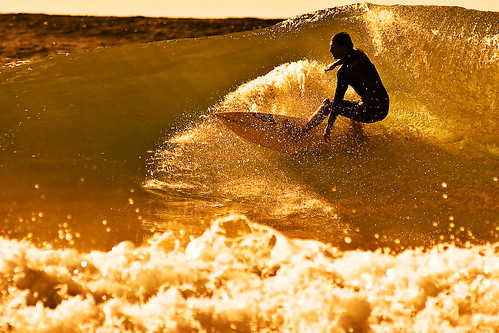 | | Photo by Roger |
A zoom lens can only do so much when photographing sports from afar. Beingas close as possible to the action is the best way to get quality photos. Ifyou can, get to the sidelines and right with the action. Place yourself whereyou’ll have the best vantage point and the best background for the shot aswell. There’s no point being close to the game if every photo’s background hasthe stadium lights, which causes lens flare.
 | | Claudio Gennari |
In sports, the timing is crucial to taking captivating images. If you’re too late you’ll miss the action and if you’re too early the photo will be boring. When you expect some sort of event to take place in the sport begin to shoot before the action. Always expect something to happen and stay alert at all times. Don’t wait for things to happen and then start shooting. If you wait for things to happen you’ll probably miss the shot trying to get proper focus.
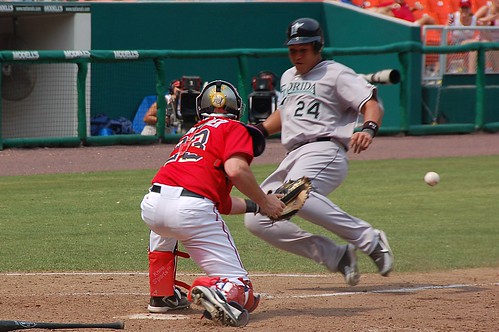 | | Photo by Scott Ableman |
As stated above, anticipation is key and the same goes for focus. Framing your image expecting the action to enter there and pre-framing the image beforehand will ensure that your photo is in focus when the action enters. For example, set the home plate in focus when you see the players heading there.
 | | Photo by Kelly Bailey |
Great sports photos aren’t always images with lots of action. Often times, photos of the players reactions after big plays or events are just as captivating. The key is to follow players and expect reactions after a play.
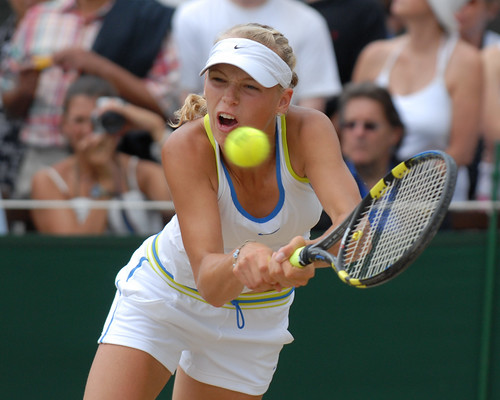 | | Photo by Richard Thorpe |
Your photo must have a face. Images without a face, such as shots of the back of players, are not nearly as efective as photos with a face. The faces show emotions and how the players are feeling.
Most all sports shots use large apertures as this reduces the depth of field, isolating the subject. This also allows for the use of faster shutter speeds.
Faster shutter speeds are necessary for action sports. A speed of around 1/1000 is commonly used for fast moving games. Because of such fast shutter speeds, high ISO’s are often used as well. Slower shutter speeds can also be used to create panning techniques that blur movement.
With most photography, we preview our images right after taking them, looking at the composition and histogram. One of the most useful sports photography tips is to NOT look at your photos till after the game. Looking at every photo you take right after you take it will get your focus off of the game. Always keep your eye on the ball!
| 







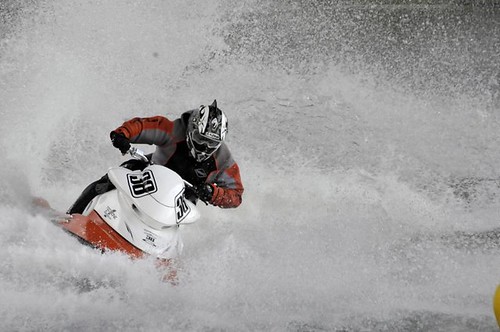







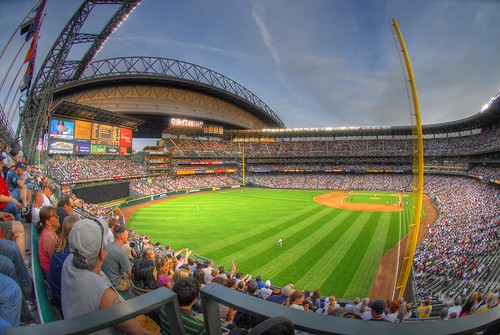











0 komentar:
Posting Komentar